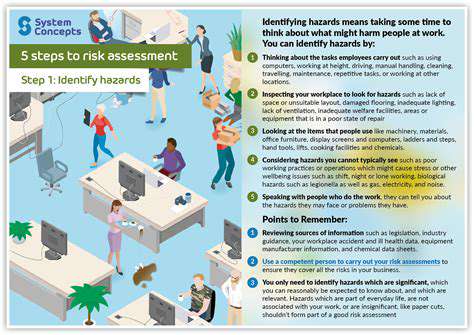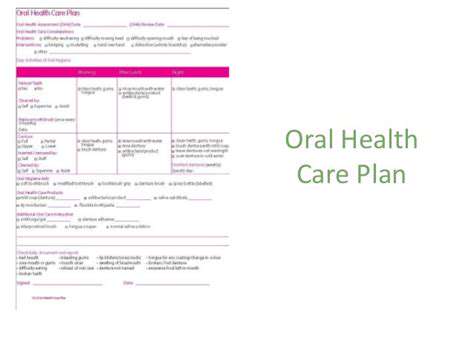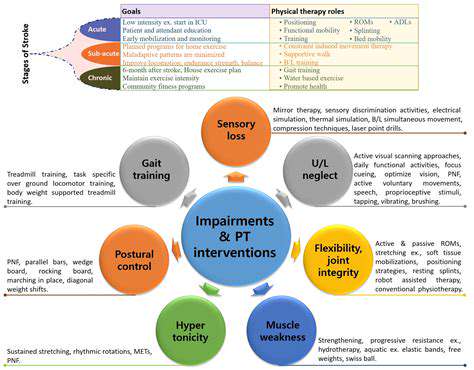Pet Emergency Preparedness: Be Ready for Anything

Essential Supplies for a Smooth Emergency Response
A well-prepared pet emergency kit is crucial for ensuring your furry friend's safety and well-being during unexpected situations. Having the necessary supplies readily available can significantly reduce stress and anxiety for both you and your pet during a crisis. This kit should include items that address potential needs, such as injuries, illness, or evacuations. This proactive measure goes beyond basic care; it provides a sense of security and preparedness for any unforeseen circumstances, allowing you to focus on your pet's immediate needs.
Critical items like food, water, medications, and a first-aid kit should be readily accessible. These supplies are vital in ensuring your pet's comfort and health during an emergency. The proper storage and organization of the items in the kit contribute to a smooth and efficient emergency response. Ensuring that the kit is easily accessible and well-maintained is essential for a swift and effective response to any crisis.
Documentation and Important Information
Including essential pet records, such as vaccination history, medical records, and any known allergies, is critical within the emergency kit. This information is invaluable for veterinary professionals to understand your pet's health status quickly and efficiently, enabling them to provide timely and appropriate care during an emergency.
Contact information for your veterinarian, emergency veterinary clinics, and trusted pet sitters or emergency contacts should be readily available. This information is vital in case of an emergency. Having these contacts readily available can save valuable time during a crisis. Ensuring that the contact information is easily visible and readily available is crucial for quick and effective communication.
Also, include your pet's microchip information and any identification tags. This critical information is essential for helping reunite you with your pet in case of loss or separation. Having these details readily accessible can significantly increase the chances of a successful reunion.
Essential Items for Transportation and Comfort
A carrier or a pet bed, comfortable for your pet, should be included in the kit for easy transport. Ensure the carrier is appropriate for your pet's size and temperament and is easy to carry. This is important in case of sudden evacuation or medical emergencies. This will also contribute to your pet's comfort during the stressful situation.
Keep copies of important documents such as proof of ownership and any relevant pet insurance information. These documents can prove invaluable during a crisis. Maintaining a safe and comfortable environment for your pet is crucial during such an event. This will minimize stress and anxiety for both you and your pet, allowing for a more efficient and effective response to any emergency situation.

Developing Evacuation Plans: A Tailored Approach
Understanding Your Pet's Needs
Developing effective evacuation plans for pets requires a deep understanding of their individual needs, temperaments, and potential anxieties. Consider factors like breed-specific characteristics, age, and any pre-existing medical conditions. A senior dog, for example, might have different mobility needs compared to a young, energetic puppy. This understanding will guide the creation of a plan that prioritizes their comfort and safety.
Furthermore, observing your pet's reactions to unfamiliar situations and loud noises can provide valuable insights. This knowledge will be crucial during an evacuation, allowing you to anticipate potential anxieties and address them accordingly. Recognizing the signs of stress, such as panting, trembling, or hiding, is vital for implementing appropriate calming measures.
Creating a Pet Emergency Kit
A comprehensive pet emergency kit is essential for ensuring your pet's well-being during an evacuation. This kit should contain essential supplies like food, water, medications, bowls, and any necessary medical records. The amount of food and water should be sufficient for at least 72 hours, and you should consider any dietary restrictions your pet may have. A first-aid kit specifically designed for pets is also recommended, including bandages, antiseptic wipes, and any prescribed medications.
Don't forget important identification tags and a copy of your pet's vaccination records. Including a carrier or crate for easy transport, along with familiar bedding or toys, can help to reduce stress and anxiety. Consider including a photo of your pet in case they become separated.
Identifying Safe Havens and Transportation
Identifying safe havens for your pet is critical. This could be a friend or family member's home, a pet-friendly hotel, or a designated animal shelter. It's important to contact these potential locations beforehand to confirm their pet-related policies and procedures. Knowing their capacity and the conditions they can offer will allow you to make informed decisions during an emergency.
Considering transportation options is equally important. Having a pet carrier or crate readily available ensures a safe and comfortable journey. If your pet requires special handling due to age or medical conditions, ensure you have the necessary tools and assistance. Knowing the quickest routes to your chosen evacuation locations and the expected travel time is also crucial.
Developing a Communication Plan
A comprehensive communication plan is paramount for staying connected with your pet during an evacuation. Designate a contact person who can be reached in case of separation. Sharing your evacuation plan with this person ensures they know where to look for your pet and what to do in case of an emergency.
Establish a clear communication system with your pet, such as specific verbal cues. This will aid in understanding your pet’s emotional state and responses during an evacuation. Make sure your pet's identification tags are current and include your contact information and emergency contact details.
Practicing Evacuation Drills
Regular evacuation drills are essential for preparing both you and your pet for an emergency. Practicing the evacuation route, loading procedures, and handling methods will build familiarity and reduce stress during an actual evacuation. Simulating the evacuation process can help you identify potential issues and refine your plan.
These drills should involve the entire family and should be conducted in a calm and controlled manner. Observe your pet's reactions and make adjustments to your plan as needed. This practice will help your pet become accustomed to the evacuation process, reducing any surprises or anxiety during an actual emergency.
Ensuring Your Pet's Well-being During Evacuation
Ensuring your pet's well-being during an evacuation is crucial for their safety and mental health. Keep the environment as calm and familiar as possible. Maintain a consistent routine, providing food, water, and playtime as much as possible. Comfort and reassurance are key to minimizing stress and anxiety.
Monitoring your pet's behavior for any signs of distress is essential. If your pet shows signs of distress, provide comfort, reassurance, and a safe space. Remember that every pet reacts differently to stress. Adjust your approach based on your pet's individual needs and reactions.
Read more about Pet Emergency Preparedness: Be Ready for Anything
Hot Recommendations
- Best Pet Bowls: Stainless Steel and Ceramic
- Pet Hydration: Why It's Crucial
- Stop Counter Surfing: Training Your Dog to Stay Off
- Pet Hypothyroidism: Symptoms and Management
- Signs of Pet Liver Disease: What to Watch For
- Pet Emergency Kits: What to Pack
- Dangers of Xylitol: Toxic to Dogs
- Dealing with Pet Diarrhea: When to See a Vet
- Preparing Pets for Travel: Tips for a Smooth Trip
- Pet Depression: Recognizing the Signs











